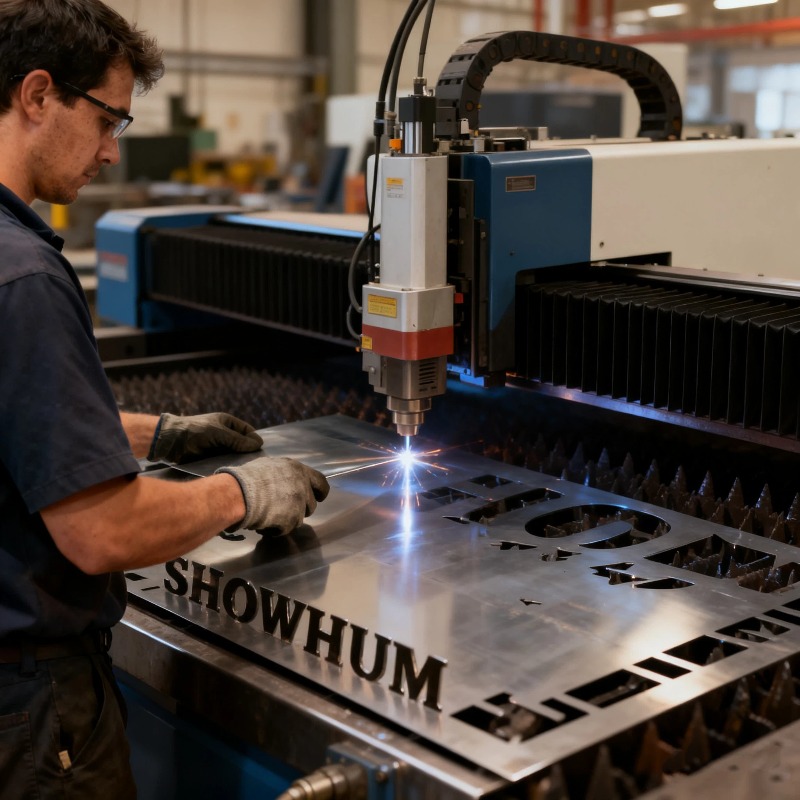
The bicycle accessories industry plays a crucial role in supporting the cycling community worldwide. From enhancing safety to improving performance, these components have become indispensable to cyclists of all levels. In this article, we will explore the main features of this dynamic industry and the current trends that shape its growth.
Key Features of the Bicycle Accessories Industry:
Diverse Product Range: The bicycle accessories industry boasts a diverse product range, catering to various needs of cyclists. From helmets, lights, and locks for safety to gears, saddles, and handlebars for performance enhancement, the industry offers a wide array of options to choose from.
Innovation and Technology: Advancements in materials and manufacturing processes have fueled innovation in this industry. Companies constantly seek novel ways to improve the functionality and durability of their products. For instance, the integration of smart technology into accessories, such as GPS-enabled bike computers and smart helmets, has gained popularity among cyclists.
Safety and Sustainability Focus: As cycling gains popularity as an eco-friendly mode of transportation, safety and sustainability have become significant concerns. Manufacturers are investing in research and development to create accessories that prioritize cyclist safety while using environmentally friendly materials and production methods.
Customization Options: Cyclists have diverse preferences and riding styles. The industry caters to this demand by providing a range of customization options. From color choices to individualized fitments, customers can tailor their accessories to suit their personal needs.
Current Trends in the Bicycle Accessories Industry:
Rise of E-Bike Accessories: The growing popularity of e-bikes has led to a surge in demand for e-bike-specific accessories. Battery packs, motor systems, and specialized bags for e-bikes are becoming increasingly prevalent in the market.
Integration of Smart Features: Technology-driven accessories have witnessed significant growth. Bike lights with automatic brightness adjustment, smartphone connectivity for GPS tracking, and app-controlled saddle adjustments are examples of smart features being incorporated into accessories.
Sustainable Materials and Packaging: Consumers are now more conscious of sustainability, and this has led manufacturers to adopt environmentally friendly practices. The use of recycled materials, biodegradable packaging, and reduced carbon footprints are becoming common practices in the industry.
Online Retail and Direct-to-Consumer Models: With the rise of e-commerce, many accessory manufacturers are adopting online retail and direct-to-consumer models. This allows them to reach a broader customer base and offer competitive prices.
Conclusion:
The bicycle accessories industry continues to evolve with innovation and customer-centric approaches. The increasing popularity of cycling as a sustainable mode of transport and recreational activity drives the demand for quality accessories. Manufacturers that embrace technology, sustainability, and customization while addressing safety concerns are likely to flourish in this ever-expanding market.
Article 2: The Future of the Bicycle Accessories Industry
The bicycle accessories industry has undergone significant transformations over the years, and as we look ahead, it is poised for further advancements. In this article, we explore the potential future developments and the key factors that will shape the industry's trajectory.
Integration of Artificial Intelligence (AI) and IoT:
The future of bicycle accessories lies in the seamless integration of AI and the Internet of Things (IoT). AI-powered bike computers will not only track performance metrics but also provide real-time analysis and personalized coaching. IoT-enabled accessories will communicate with each other and the rider, creating a connected ecosystem that enhances safety and convenience.
Enhanced Safety Features:
Safety will remain a primary concern for cyclists, and the industry will continue to focus on developing cutting-edge safety features. We can expect innovations such as self-adjusting helmets for optimal fit, advanced collision detection systems, and smart lighting that adapts to road conditions.
Sustainable and Recyclable Materials:
Environmental consciousness will shape the industry's future, with a strong emphasis on sustainable and recyclable materials. Manufacturers will increasingly use biodegradable and renewable materials to create accessories with minimal ecological impact.
3D Printing for Customization:
Advancements in 3D printing technology will revolutionize the way accessories are produced. Customization will reach new heights, allowing cyclists to design and print their personalized accessories with precise fitment and tailored functionalities.
Energy-Harvesting Accessories:
With the growing interest in renewable energy, energy-harvesting accessories will become prevalent. For instance, accessories equipped with solar panels may power electronic components or charge integrated batteries, reducing the need for external charging.
Subscription-Based Models:
As the industry embraces the digital landscape, subscription-based models will gain popularity. Cyclists may subscribe to receive regular upgrades, access to AI-driven features, or even exclusive access to new accessory releases.
Augmented Reality (AR) for Navigation and Information:
AR will revolutionize how cyclists interact with their surroundings. Helmets or glasses with AR displays will offer turn-by-turn navigation, real-time traffic updates, and information about nearby amenities, elevating the overall cycling experience.
Collaboration with Bike-Sharing and Mobility Services:
As urban commuting and bike-sharing programs expand, accessory manufacturers will collaborate with these services to develop specialized accessories that integrate seamlessly with shared bikes, promoting convenience and rider satisfaction.
Conclusion:
The future of the bicycle accessories industry holds great promise. Advancements in technology, a focus on safety and sustainability, and the rise of personalized experiences will define the trajectory of this industry. As cycling continues to grow as a global trend, accessory manufacturers that stay at the forefront of innovation and consumer needs will thrive in the evolving market.
 Sheet Metal Fabrication: Precision, Durability, and Versatility for Industrial Applications
Sheet Metal Fabrication: Precision, Durability, and Versatility for Industrial Applications
Sheet Metal Fabrication: Precision, Durability, and Versatility for Industrial Applications